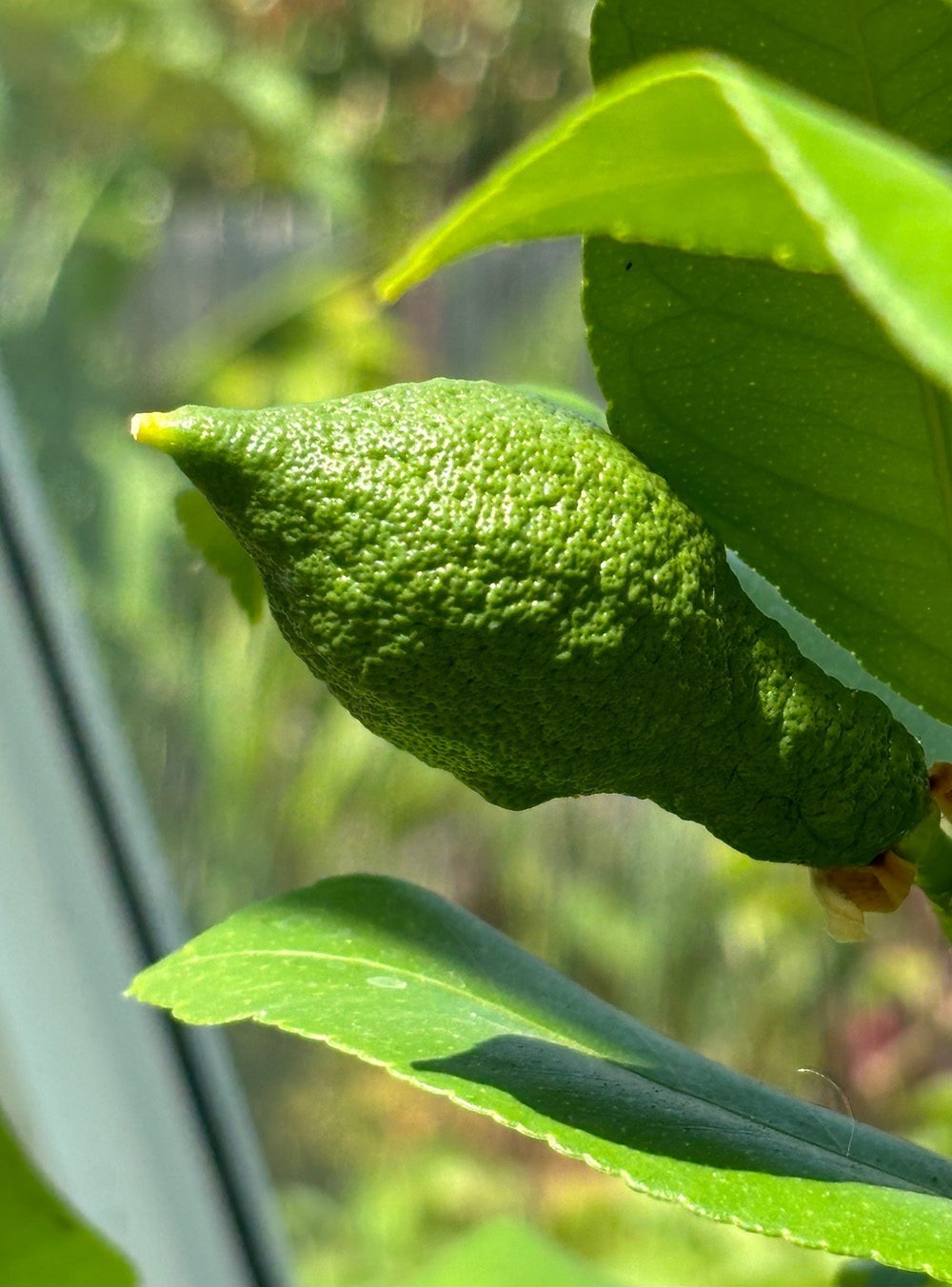Transplant Aubergines, peppers and chillies into pots one or two sizes larger filled with peat free multipurpose compost with added John Innes, as they grow. Repot when a good root system has developed but before they become pot bound and congested with roots, finally transplanting into 23 cm pots or two per growing bag to grow on to maturity. Warm a bucket or bag of compost in the greenhouse before transplanting.
Pinch out the tips from the main stems of aubergines when they are 30-40cm tall and peppers and chillis when they are about 15cm tall to encourage branching and heavier cropping. Stake or tie into supports as necessary.
‘Pinch out’ side shoots of tomatoes with your finger and thumb. Do this regularly so the plants don’t waste energy, water and nutrients on growth that they don’t need. Tie the main stem loosely to the supporting cane as it grows.

Aubergines and tomatoes can be pollinated by tapping the flowers, ideally when the pollen is dry on a bright sunny day. Once tomatoes have set their fourth or fifth truss, cut off the main stem a leaf above the terminal truss, to encourage fruit swelling and ripening. Allow five or six aubergines to form on each plant.
Check your greenhouse at least twice a day during the current hot weather, opening the vents before temperatures rise in the morning. Keep plants well-watered with tepid water – use rainwater if you have any, but not on seedlings.
Keep greenhouse benches weed and debris free to delay problems with pest and diseases. Pests thrive in hot, dry conditions, so check for them when watering. Damp down greenhouse paths and mist around individual plants like citrus which appreciate extra humidity and plants prone to red spider or two spotted mite like aubergines; unless you are extremely fortunate, biological controls will eventually be needed. The most common biological controls are: Phytoseiulus persimilis for red spider mite; Encarsia formosa against whitefly, Steinernema feltiae for scale and Cryptolaemus montrouzieri which controls mealybug.
Tomatoes, Chillies, aubergines and other fast growing container plants should be fed regularly. Establish a regular routine by feeding on the same day every week. Feed with Epsom Salts at one teaspoon per gallon at the first signs of leaf yellowing to combat magnesium deficiency and succulents with cactus and succulent or half strength high potash fertilizer, monthly.
Transplant any late sown half hardy annuals into their final position, shading them from the sun with horticultural fleece for a few days until they are established.
A last sowing of French or Runner Beans early in the month will germinate within three or four days and crop through until the first frosts. Sow Basil, Coriander, Dill and Florence fennel in pots or modules for planting outdoors; Basil and Coriander can also be planted in greenhouse borders.
If you are waiting in the kitchen or bathroom for hot water to come through a tap, save the initial flow of cold water that comes through the pipes, then warm it up in your greenhouse or windowsill for use on your plants or houseplants.
Happy Gardening. Matt










